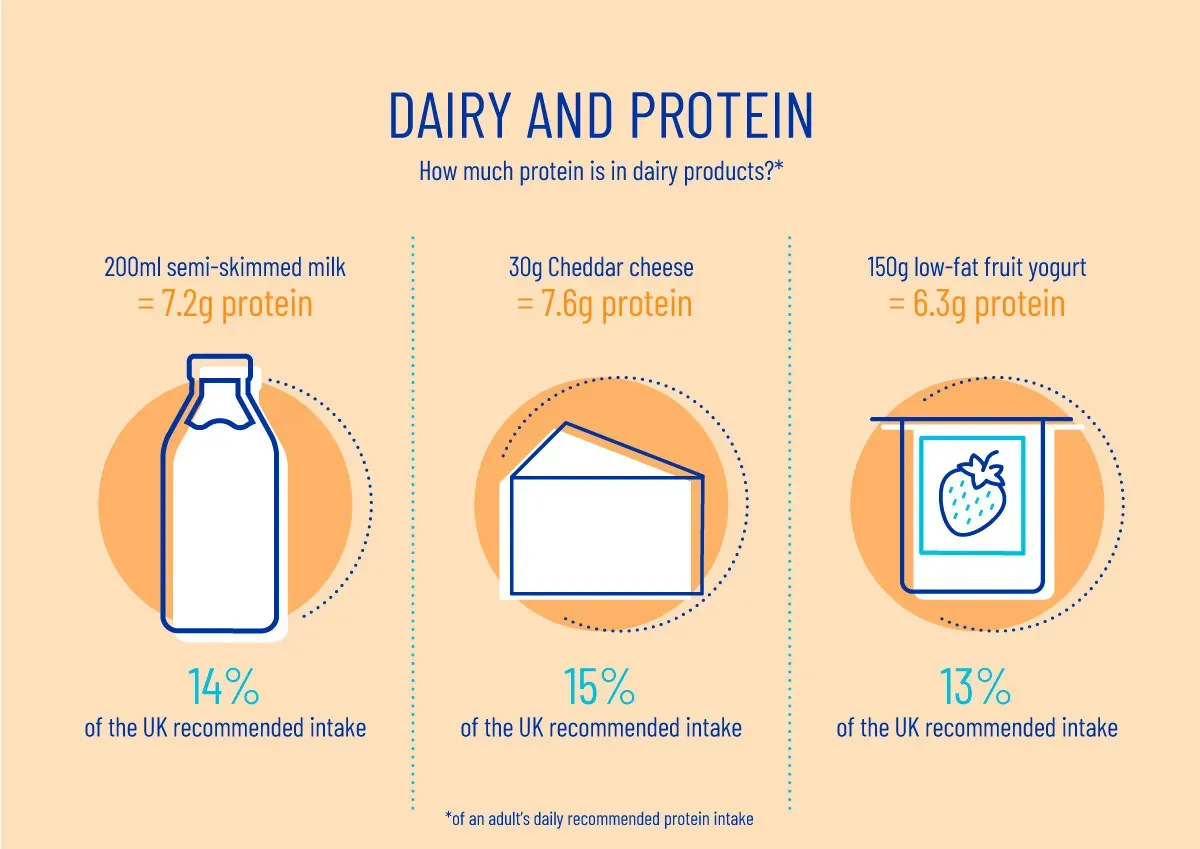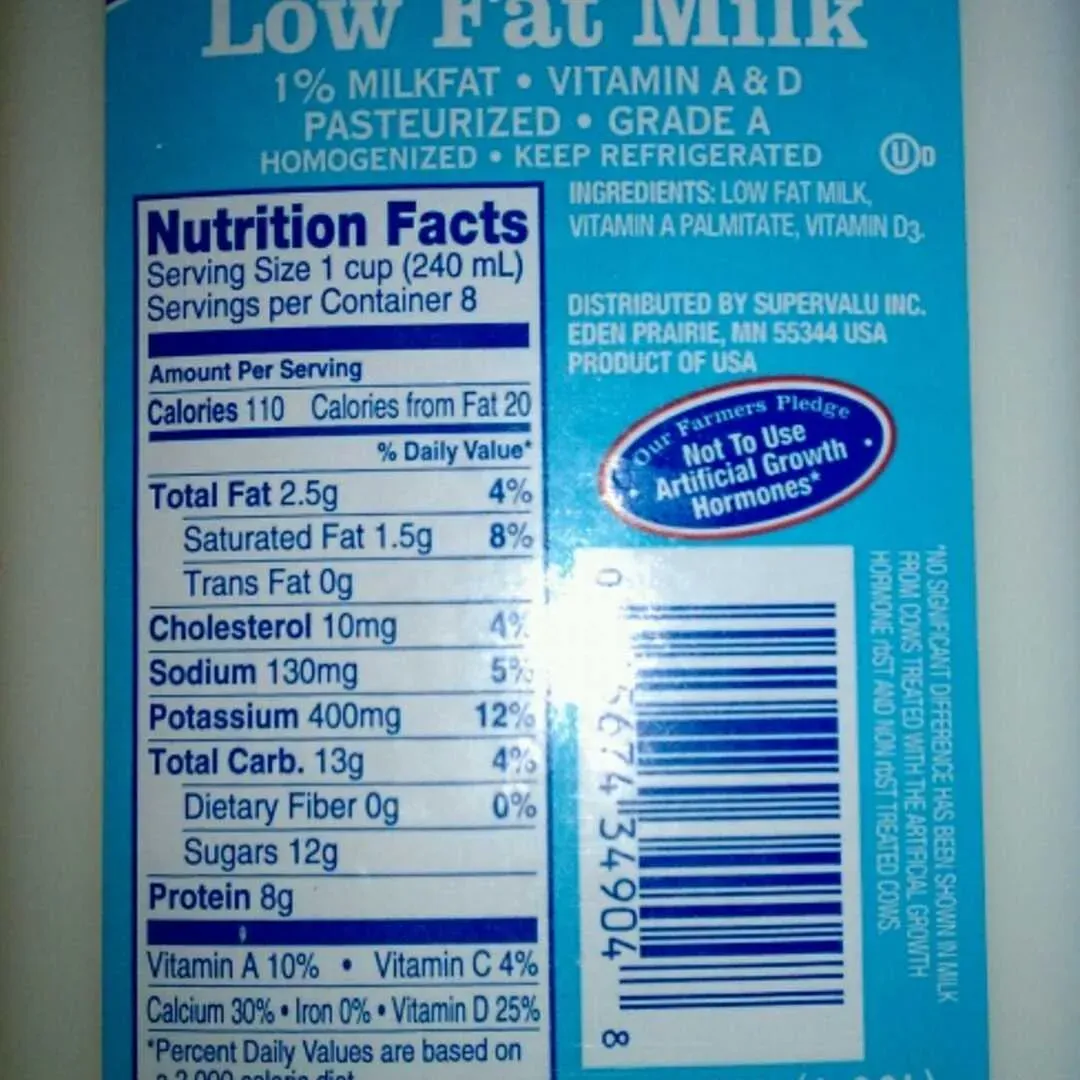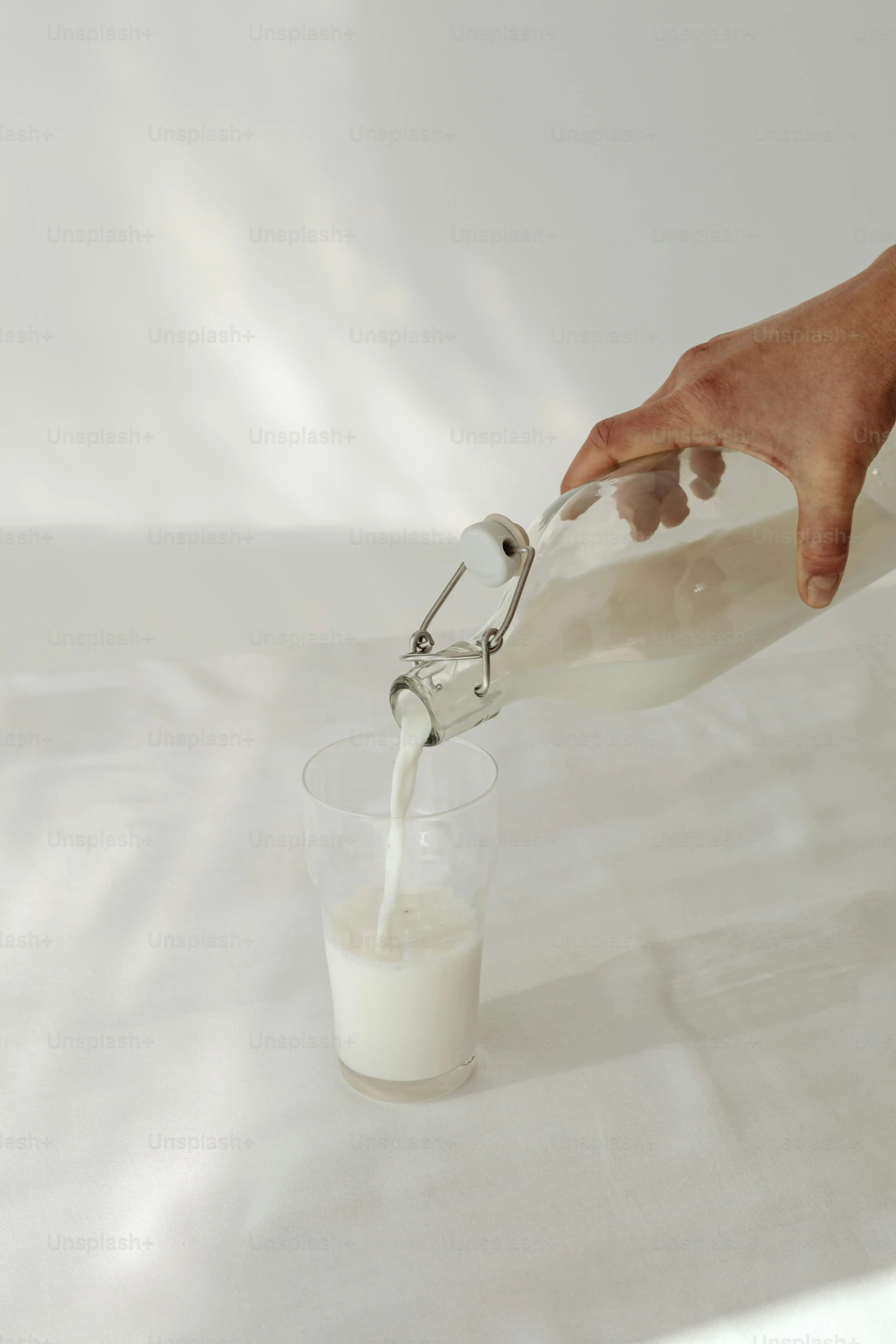Table of Contents
Let's cut to the chase about milk. You've probably heard it's good for you, packed with stuff your body needs. But with all the options out there – whole, skim, 1%, 2% – things get confusing fast. Especially if you're trying to keep an eye on fat but still want the nutritional punch. A common question pops up: exactly how much protein in low fat milk are you getting? Is it enough to make a difference? Does choosing low fat mean you're short-changing yourself on muscle-building power?
How Much Protein in Low Fat Milk? The Straight Facts

How Much Protein in Low Fat Milk? The Straight Facts
Alright, let's get down to brass tacks. You're wondering about the protein punch in that carton of low fat milk chilling in your fridge. Forget the fluffy marketing. The straight fact is, a standard 8-ounce glass (that's one cup) of 1% low fat milk typically delivers around 8 grams of high-quality protein. That's the number. It's not a magical, off-the-charts amount, but it's certainly not insignificant, especially considering the lower fat content compared to whole milk. This protein comes as a mix of whey and casein, which are both excellent for muscle repair and growth.
Low Fat Milk Protein: Comparing 1% vs. Whole vs. Skim

Low Fat Milk Protein: Comparing 1% vs. Whole vs. Skim
The Whole Story (and Less of the Fat)
so you know 1% low fat milk clocks in around 8 grams of protein per cup. Now, how does that stack up against the others? Let's start with whole milk. It's the full-fat version, the one your grandparents might have sworn by. You might think more fat means more everything, but when it comes to protein, the difference is negligible. Whole milk also typically packs about 8 grams of protein per cup. Surprise! The extra fat doesn't magically boost the protein count. It just adds more calories and saturated fat to the mix. So, if your goal is protein per serving without the extra fat baggage, 1% low fat is holding its own.
Skim Milk: The Protein Powerhouse?
Then you've got skim milk. This is the one where they strip out almost all the fat, leaving you with something that looks suspiciously like white water to some folks. Because the volume is the same but the fat is removed, the *concentration* of the remaining nutrients, including protein, goes up slightly. So, a cup of skim milk often contains closer to 8.5 or even 9 grams of protein. It's a small bump, but for someone counting every gram, it might be worth noting. However, it lacks the mouthfeel and some fat-soluble vitamins found in 1% or whole milk unless they are added back.
Here's a quick look at the numbers:
Milk Type (per 8 oz cup) | Approximate Protein | Approximate Fat |
|---|---|---|
Whole Milk | ~8 grams | ~8 grams |
1% Low Fat Milk | ~8 grams | ~2.5 grams |
Skim Milk | ~8.5-9 grams | ~0-0.5 grams |
Making Sense of the Numbers
What does this comparison tell us about Low Fat Milk Protein? It tells us you aren't sacrificing significant protein by choosing 1% over whole milk. You're getting the same amount of this crucial macronutrient while cutting down substantially on fat and calories. Skim milk offers a tiny bit more protein per serving, but the difference is marginal for most people's daily intake goals. The choice between 1%, whole, and skim milk protein isn't really about a massive protein swing. It's more about your fat intake preferences, calorie goals, and how you feel about the taste and texture. If you're aiming for a balance, 1% low fat milk protein provides solid value.
Why the Protein in Low Fat Milk Matters for Your Body

Why the Protein in Low Fat Milk Matters for Your Body
Building Blocks: Why Protein is Non-Negotiable
so we know how much protein in low fat milk you're getting – about 8 grams per cup. But why should you even care about that number? Think of protein as the essential building material for your body. It's not just about big muscles (though it's crucial for those too). Protein makes up enzymes, hormones, and antibodies. It's vital for repairing tissues after a tough workout or just daily wear and tear. Getting enough protein is non-negotiable if you want your body to function properly, recover effectively, and feel strong. Low fat milk offers a convenient, relatively low-calorie way to get a dose of this critical nutrient.
My neighbor, a keen runner, switched from sugary drinks post-run to a glass of 1% milk. He wasn't chasing huge gains, just better recovery without feeling heavy. He noticed the difference in how his legs felt the next morning. It's not magic, just solid nutrition doing its job.
Satiety, Muscle, and More
Beyond the basic building and repair, the protein in low fat milk plays other key roles. Protein is known for its ability to make you feel full and satisfied longer than carbs or fats alone. That can be a big deal if you're trying to manage your weight or just avoid the dreaded mid-afternoon slump that sends you hunting for snacks. Plus, that mix of whey and casein is a winner for muscle support. Whey hits your system fast, great right after activity, while casein digests slowly, providing a sustained release of amino acids, even overnight. So, whether you're lifting weights, going for a walk, or just trying to get through your day without constant hunger pangs, the protein in low fat milk is working for you.
Consider these benefits of getting adequate protein:
- Supports muscle growth and repair
- Helps you feel fuller longer (hello, weight management!)
- Essential for bone health
- Boosts metabolism slightly
- Plays a role in immune function
Beyond Protein: The Full Nutritional Picture of Low Fat Milk

Beyond Protein: The Full Nutritional Picture of Low Fat Milk
so we’ve nailed down how much protein in low fat milk you're getting – a solid 8 grams per cup. But milk isn't a one-trick pony. Step away from the protein obsession for a second, because low fat milk brings a whole posse of other nutrients to the party. We're talking about the heavy hitters like calcium, which everyone knows is crucial for keeping your bones from turning into dust. But there's more: Vitamin D, often added to milk, helps your body actually absorb that calcium. You also get Vitamin A, important for vision and immune function, and several B vitamins like riboflavin and B12, which are essential for energy metabolism. It's a pretty well-rounded package for something so simple.
Maximizing the Benefits of Low Fat Milk Protein (FAQs)

Maximizing the Benefits of Low Fat Milk Protein (FAQs)
so you know how much protein in low fat milk you're getting, and why it matters. Now, how do you actually use this info to your advantage? People always ask, "When should I drink it?" and "Does it count if I put it in my cereal?" Look, milk protein is versatile. Downing a glass after a workout is classic for a reason – the whey gets to work quickly. But don't overthink it. Having it with breakfast provides a good protein start to your day, helping you feel full. Adding it to a smoothie boosts the protein content significantly. Mixing it into oatmeal? Absolutely counts. The key is consistent protein intake throughout the day, and low fat milk is an easy way to contribute to that. It's not rocket science; it's just smart nutrition.
Still got questions swirling? Let's hit a couple more common ones:
- Is low fat milk protein enough on its own after a hard workout?
- Can kids benefit from the protein in low fat milk?
- How does lactose intolerance affect getting protein from low fat milk?
The Final Word on Low Fat Milk Protein
So, when you grab that carton of low fat milk, you're not just getting a lighter option; you're still getting a significant dose of quality protein. The difference in protein between low fat and whole milk is minimal, essentially negligible for most people's daily needs. It provides the building blocks your body uses for everything from muscle repair to keeping you feeling full. Paired with its calcium and vitamin D, it remains a practical, accessible source of nutrition that fits into many dietary approaches without adding unnecessary saturated fat. It's not a magic bullet, but it consistently delivers on its nutritional promise.
